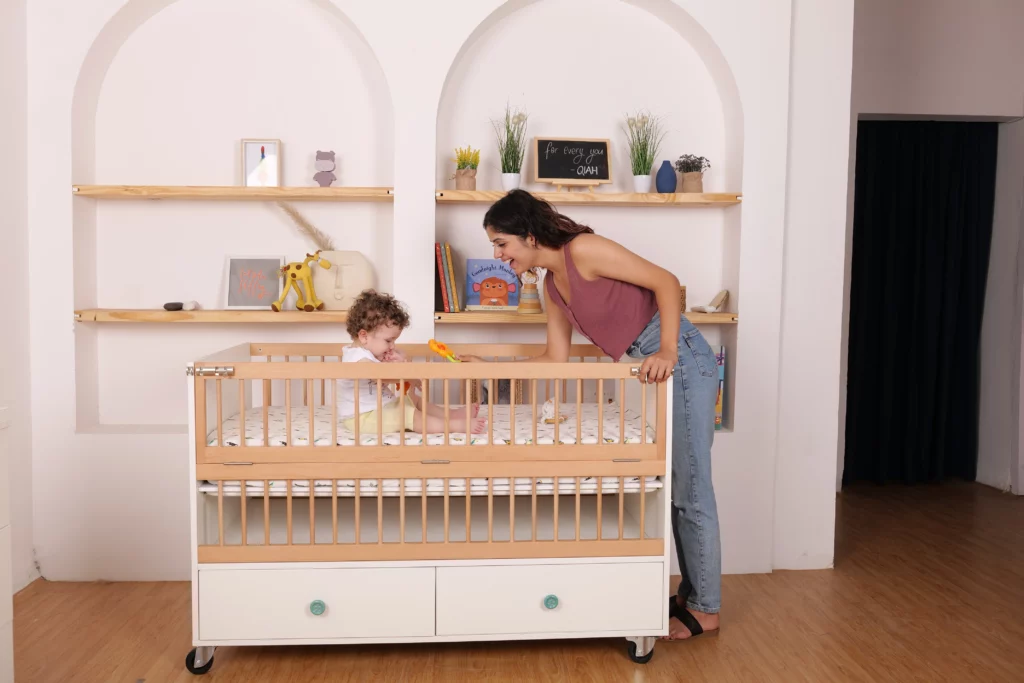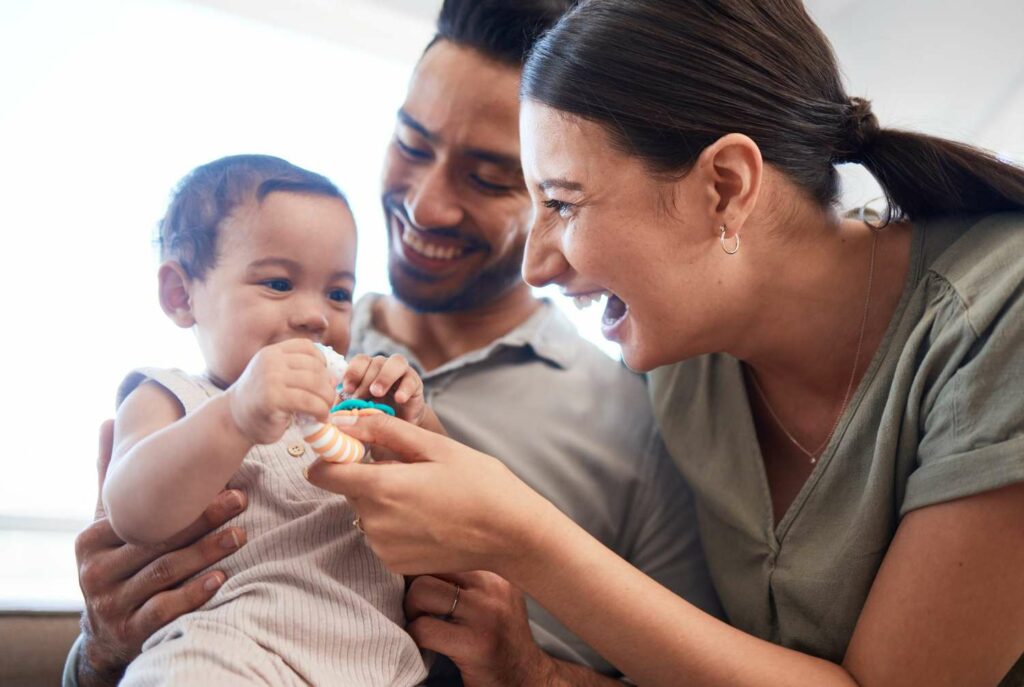Becoming a parent is a remarkable journey filled with joy, challenges, and countless memorable moments. From the moment your little one arrives in this world, their growth and development become your top priority. Providing comprehensive care during the crucial phases of infancy to toddlerhood is essential for setting a strong foundation for their future. In this article, we’ll guide you through every step, offering insights, tips, and expert advice to ensure your baby thrives during this incredible journey.
1. The First Days: Welcoming Your Newborn
The early days with your newborn are awe-inspiring but also demanding. Learn about:
- The importance of bonding with your baby.
- Feeding options: breastfeeding, formula feeding, and combination feeding.
- Understanding newborn sleep patterns and creating a safe sleep environment.
2. Nourishing Your Little One
Proper nutrition is crucial for your baby’s growth and development. Discover:
- When to start solids and introducing a variety of age-appropriate foods.
- Breast milk vs. formula: benefits and considerations.
- Handling feeding challenges and allergies.
3. Milestones and Development
Every baby achieves milestones at their own pace. Explore:
- Important developmental milestones in the first year.
- Encouraging motor skills and cognitive development.
- The power of play and interactive learning.
4. Safe and Sound: Babyproofing Your Home
As your baby grows, so does their curiosity. Learn about:
- Creating a safe environment to explore.
- Babyproofing essentials for every room.
- Childproofing strategies that evolve as your baby becomes a toddler.
5. Sleep, Routine, and Healthy Habits
Establishing a consistent routine is beneficial for both baby and parent. Find out:
- Sleep training methods and creating a bedtime routine.
- The significance of a healthy sleep schedule.
- The role of play, reading, and social interaction in your baby’s development.
6. Toddlerhood: Exploring the World
As your baby transitions into a toddler, new adventures and challenges await. Discover:
- Encouraging independence and self-expression.
- Effective discipline strategies.
- Tips for a smooth transition from crib to toddler bed.
7. Embracing Healthy Habits
In the journey from infancy to toddlerhood, instilling healthy habits lays the groundwork for a vibrant and thriving future. Consider:
- Nutritional Balance: As your little one’s palate expands, focus on providing a balanced diet rich in fruits, vegetables, whole grains, and lean proteins. Encourage a love for wholesome foods that will benefit them in the long run.
- Regular Exercise: Toddlers are bursting with energy. Engage them in age-appropriate physical activities that promote motor skills, coordination, and a positive attitude towards exercise.
- Hygiene and Self-Care: Teach your toddler the importance of personal hygiene from a young age. Make brushing teeth, washing hands, and other self-care routines enjoyable experiences.
8. Navigating Health and Wellness
From common colds to occasional bumps and bruises, keeping your little one healthy and safe is a top priority. Explore:
- Vaccination Schedule: Stay up-to-date with recommended vaccinations to protect your child from preventable diseases.
- Pediatrician Visits: Regular visits to the pediatrician ensure your child’s growth and development are on track. Address any concerns or questions you may have.
- First Aid Basics: Learn essential first aid techniques to handle minor injuries at home. Create a well-stocked first aid kit with baby-friendly supplies.
9. Emotional Well-being: Nurturing a Happy Heart
Toddlers experience a whirlwind of emotions as they explore the world around them. Foster emotional intelligence by:
- Open Communication: Encourage your toddler to express their feelings. Create a safe space where they can talk about their emotions without judgment.
- Positive Reinforcement: Praise your child’s efforts and achievements, boosting their self-esteem and confidence.
- Emotion Regulation: Teach simple techniques, like deep breathing or taking a break, to help your toddler manage overwhelming emotions.
10. Making Memories: Capturing the Journey
Time flies, and before you know it, your baby will be all grown up. Cherish the moments by:
- Photo Journals: Create a visual record of your child’s growth by capturing milestone moments through photographs.
- Keepsakes and Artifacts: Collect mementos like handprints, drawings, and other treasures that hold sentimental value.
- Quality Time: Dedicate one-on-one time with your toddler to build a strong emotional bond and create lasting memories.
Conclusion
Every moment of your baby’s journey from cradle to crib is an opportunity for growth and discovery. By providing love, care, and support during these formative years, you’re setting the stage for a bright and successful future. Cherish every step of this incredible voyage, and watch as your little one blossoms into a confident, happy toddler ready to conquer the world.
FAQs
- When should I start babyproofing my home? Babyproofing is best started before your baby becomes mobile, around 6 to 8 months of age. This allows you to address potential hazards before they become a concern.
- Is it essential to follow a strict sleep schedule for my baby? While flexibility is important, a consistent sleep schedule can greatly benefit your baby’s overall health and well-being. Aim for a routine that works for both you and your baby.
- How can I encourage my toddler’s independence without compromising safety? Provide opportunities for your toddler to make choices within safe boundaries. Encourage exploration while ensuring the environment is childproofed and closely supervised.
- What’s the ideal age to transition from crib to toddler bed? Most children transition to a toddler bed between the ages of 2 and 3. However, the right time depends on your child’s readiness. Watch for signs of climbing out of the crib or expressing interest in a big-kid bed.
- How can I foster a love for learning in my baby? Engage in interactive activities like reading, singing, and playing together. Create a stimulating environment that encourages curiosity and exploration.




